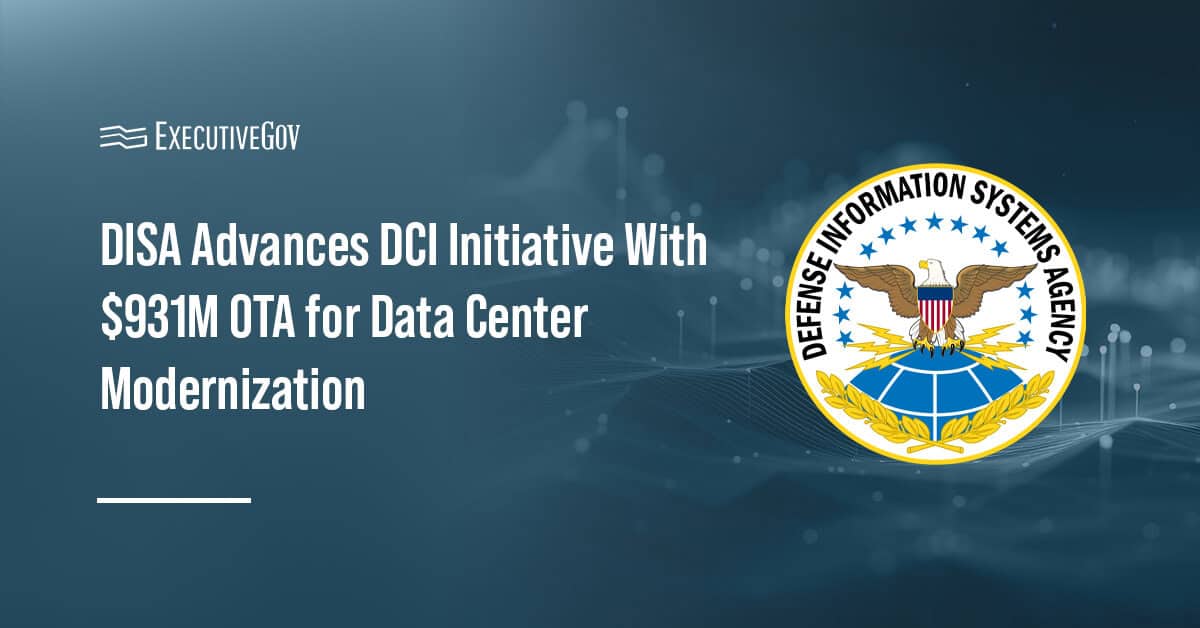The U.S. Air Force Installation and Mission Support Center (AFIMSC) has deployed a storm damage tracker to assess infrastructure damage brought by natural disasters on USAF installations.
Developed in partnership with the Air Force Civil Engineer Center, the tracker collects various information such as independent government estimates, statements of work and photos of the damage, the service branch said Sunday.
"Comptrollers work hand-in-hand with civil engineer squadrons to get the right information and photos uploaded in the tracker so we can go in and validate damage," said Dave Thomander, facilities sustainment, repair and modernization requirement validator at the Air Force Civil Engineer Center's planning and integration directorate.
AFIMSC will use the data collected by the tracker to obtain funding or reimbursement for installation repairs and replacements.





